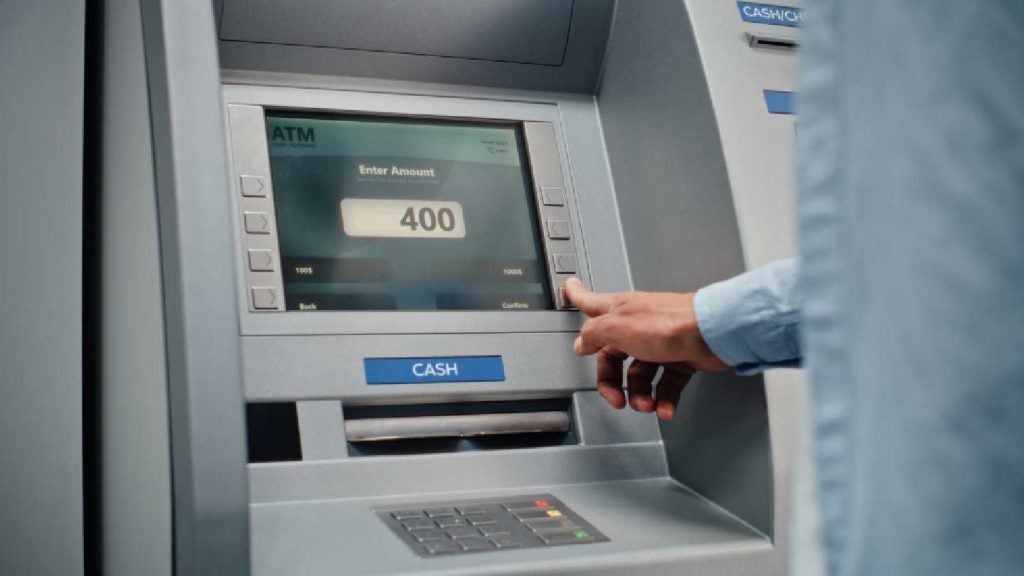Argentina’s banks are
expected to post their best results for a decade in 2010, having
escaped the worst of the global financial crisis. Looking ahead,
sustained economic growth means the prospects are even brighter for
2011, offering the prospects of record sector profits. Rodrigo
Amaral reports.

Access deeper industry intelligence
Experience unmatched clarity with a single platform that combines unique data, AI, and human expertise.
 Leading bankers from Argentina
Leading bankers from Argentina
have expressed optimism about the year ahead, as the mixture of
fast economic growth and a still underdeveloped financial services
market offers the promise of more riches to come.
The banking sector enjoyed a
strong 2010, with firms posting high profits while their activities
expanded. It is estimated that, by the end of 2010, the combined
profits of banks operating in the country will have reached ARS11bn
($2.8bn): the best results for a decade.
Such a figure may not be
headline-grabbing by the standards of more mature markets, but the
profits highlight a market that has undergone a complete reversal
of fortunes since the dark days of the early 2000s.
After a nasty financial
crisis in 2001, which eroded confidence in the sector, the industry
accumulated losses of ARS23.8bn between 2000 and 2005.

US Tariffs are shifting - will you react or anticipate?
Don’t let policy changes catch you off guard. Stay proactive with real-time data and expert analysis.
By GlobalDataOut of 200 banks that existed
before 2001, only about 80 have survived. But now the future is
looking bright again.
Daniel Llambías, the CEO of
Banco Galicia, the sixth-largest bank in Argentina by assets, told
RBI: “Argentina’s economy did very well in 2010, so the
banking business had a good performance too. And we don’t see any
reason why it should be different in 2011.”
Last year, Argentina’s
economy grew by up to 9%, thanks to the ongoing commodities boom
and its tight trade links with Brazil, a star among the emerging
markets.
Argentina’s economy, although
not perhaps its political situation, have also stabilised to a
considerable degree. The government has even managed to sign peace
agreements with several of the international creditors who suffered
a default in the early 2000s, enabling banks and companies in the
private sector to tap global financial markets again.
The relative stability has
helped to boost an economy that has been growing strongly for
several years. Argentina has even managed to escape almost
unscathed from the global financial crisis. Credit growth slowed
down a bit, and GDP growth slowed considerably.

But the country was operating
at full-throttle in 2010 and according to ABA, the association of
foreign-owned banks in the country, the volume of credit grew by
37% in 2010, after a 20% hike in 2009- a clear sign that confidence
has returned to the economy.
Jorge Brito, the chairman of
Banco Macro, the fifth-largest bank by assets, told RBI:
“We expect the dynamics of the credit market to be even better in
2011.”
Having suffered for a long
time from a dire economy and unstable politics, Argentines look
determined to make up for some of the lost time. Consumer
consumption has started to accelerate, which has even fuelled fears
that inflation could start to pose problems in the short to medium
term.
But according to Adeba, the
association of domestically-owned banks, the ratio of loans to GDP
in Argentina is a mere 22%.
That is low even by regional
standards: in neighbouring Brazil, which is at a more advanced
stage in terms of banking development, the rate has already reached
55%.
Mortgage loans amount to a
puny 1% of GDP in Argentina while in Chile, the ratio has already
hit 7%.
The underdevelopment of
credit markets is a symptom of a wider phenomenon: Argentines still
make very little use of banks.
“Bank penetration rates
remain very low in Argentina, even compared to our neighbours,”
said Llambías.
 The chronic economic
The chronic economic
instability of the early 2000s, symbolised by the infamous
corralito, the restriction to the withdrawal of money from
accounts to avoid a bank run, made many people warm to the idea of
buying as many dollars as they could and to keep them under their
mattresses.
But Llambías argued that the
problem went further than that.
“Even in the peak days of the
1990s, the ratio of deposits to GDP did not breach the 20%
threshold and today it stands at about 16%.
“The upside, of course, is
that there is much potential for growth in the banking
market.”
According to Brito, who is
also Adeba president, convincing his compatriots that they have
much to gain by using banks in their daily lives is the greatest
challenge that the industry faces right now.
The Argentinian government
has stepped in with enthusiasm to do its bit, as higher bank
penetration rates would be a valuable tool in its efforts to manage
the economy and to raise the country’s tax revenues.
Campaigns by trade bodies and
the government are under way to popularise electronic transactions
and the use of plastic cards when citizens go out
shopping.
Low-cost and even free
banking accounts have been implemented, aimed at particular
segments of clients – and banks will have to increase their
presence in low-populated regions if they want to expand their
networks in richer metropolitan areas.
It will not be easy
though.
Anti-government criticism has
grown on the internet, claiming the government wants people to use
more electronic transactions to compensate for the scarcity of
ARS100 banknotes that has been afflicting the country.
Others say people would be
more eager to go to the bank if there were not so many robberies,
as has been the case of-late. Security is a hot issue in Argentina
and from the end of April, clients will be forbidden to take their
mobile phones inside bank branches.
The measure has been designed
by the central bank to fight the action of ‘spotters’ who warn
their crime partners outside when someone leaves the bank after a
large cash withdrawal.
 In addition to that, analysts
In addition to that, analysts
have warned that banks are unlikely to repeat the solid profits of
2010, as the strong appreciation in the value of government bonds,
which account for a large share of banks’ assets, was a key
contributor to profits.
That may not happen again in
2011, according to a number of analysts.
Brito argued that banks must
find a way to ensure that deposits grow at a similar pace to the
rise in the growth of lending.
The volume of money kept in
local currency accounts has been growing steadily, to the detriment
of dollar-linked products.
Deposits by the private
sector increased by 28% according to ABA, but there still is much
room for progress.
Inflation remains a concern
for all Argentineans, including the banking sector, as there is
uncertainty as regards the extent of the problem.
Repeated allegations that the
government has manipulated inflation statistics for political
reasons have also emerged.
But bankers are upbeat as the
opportunities still seem likely to surpass the obstacles to
business growth.
“We expect to attract 250,000
new clients in 2011, adding to our current base of 1.4m,” said
Llambías.
“We are also projecting an
additional 500,000 clients to add to our 4m credit
cardholders.”
Banco Galicia and Banco Macro
are the two largest domestically-owned banks listed in the Buenos
Aires Exchange.
Only two official outfits and
two foreign banks have larger presences in the banking
market.
One dramatic result of the
strong financial performance of Banco Galicia and Banco Macro was a
rally in their market capitalisations.
Banco Macro’s shares soared
by 80% in the course of the year and Banco Galicia’s by
200%.
“Argentinean banks will carry on delivering good results
in 2011,” Brito concluded.








